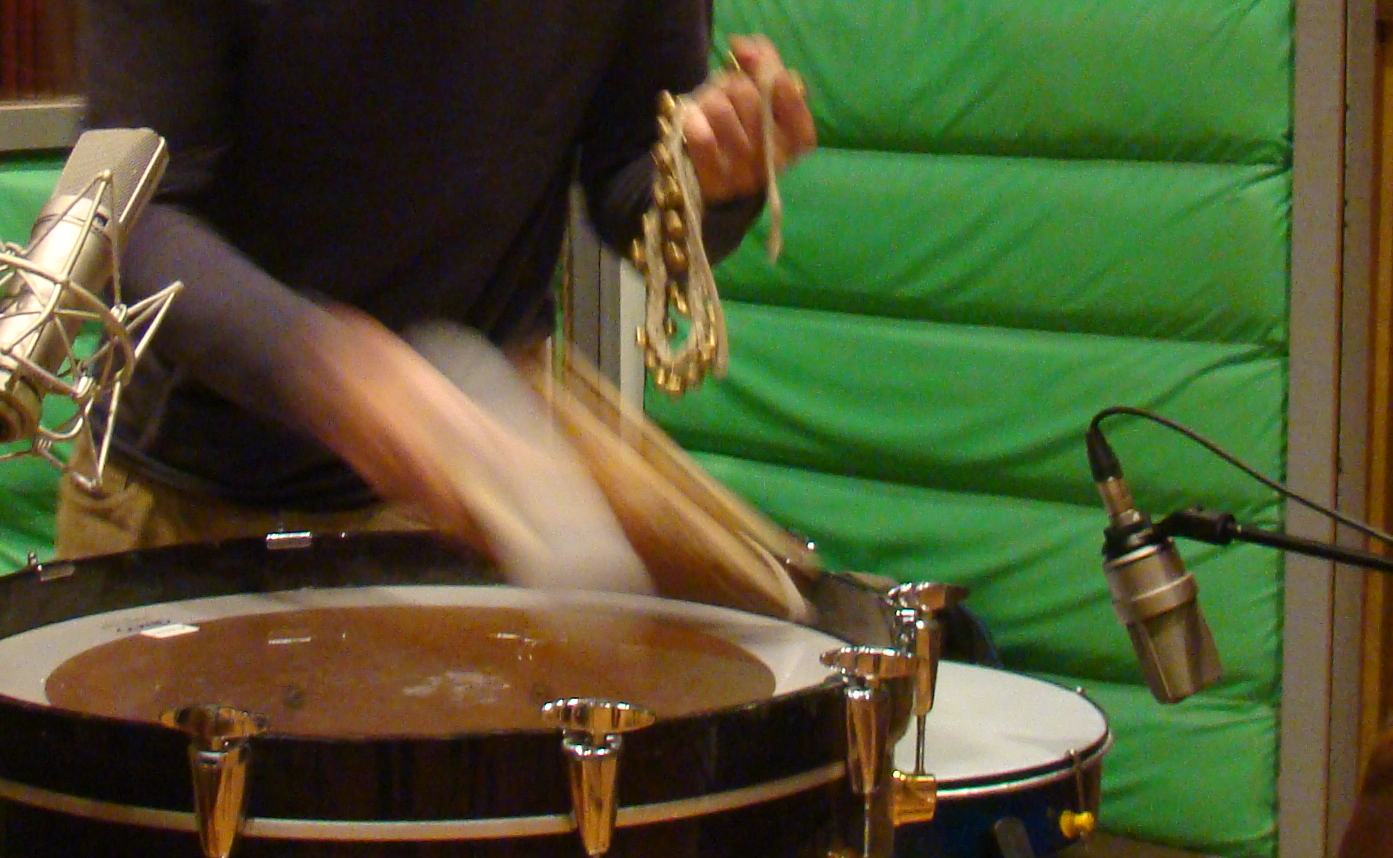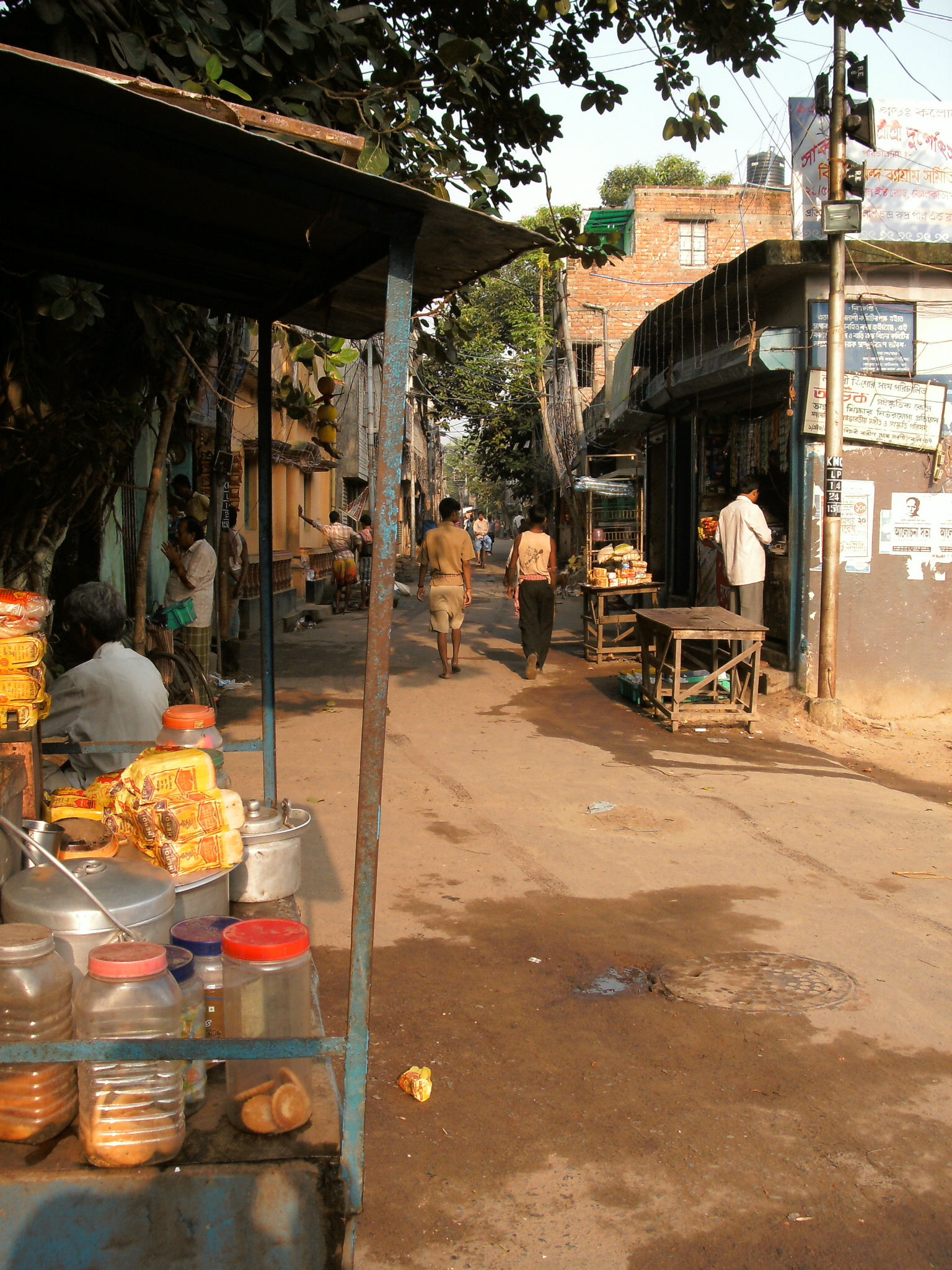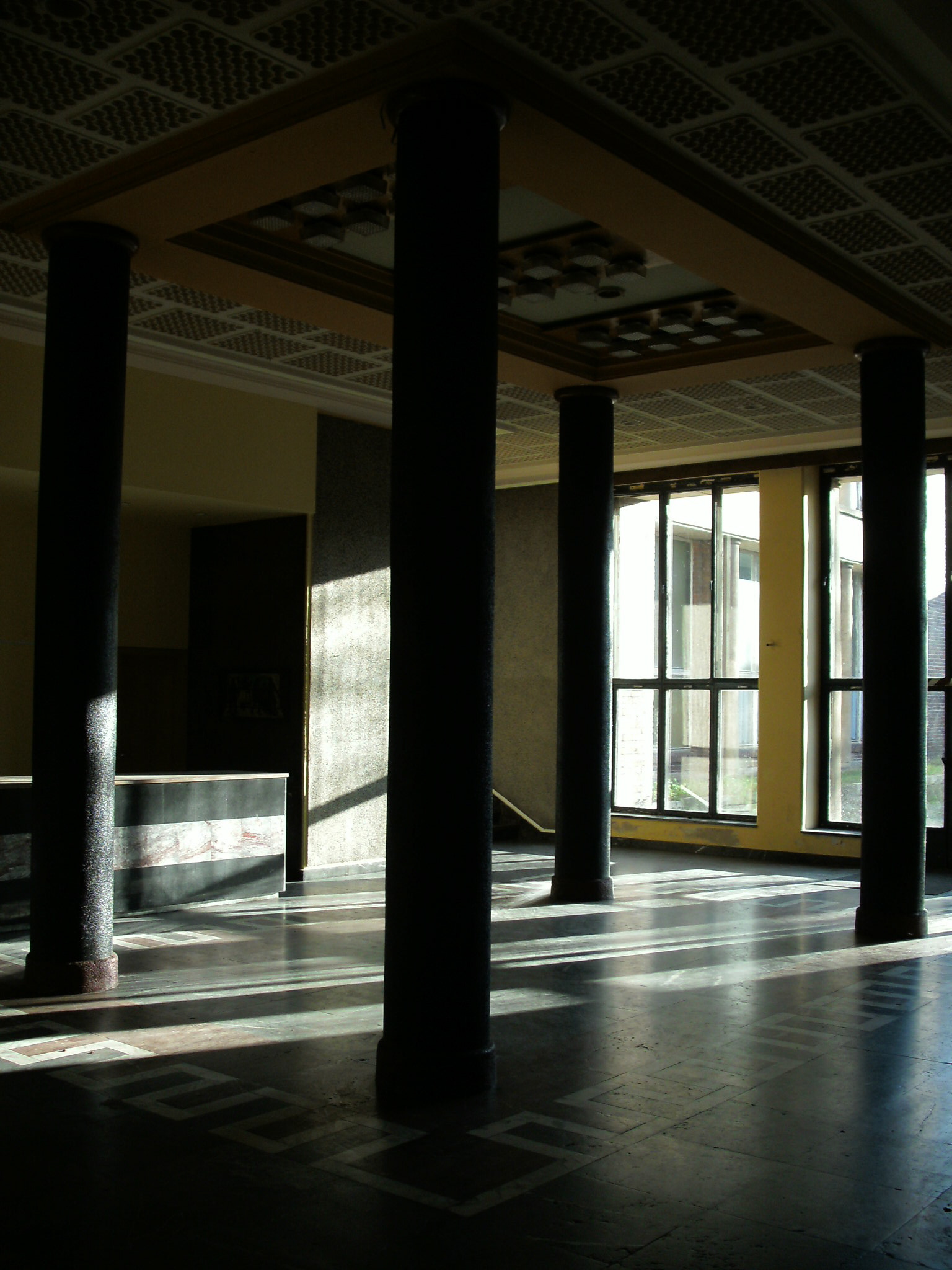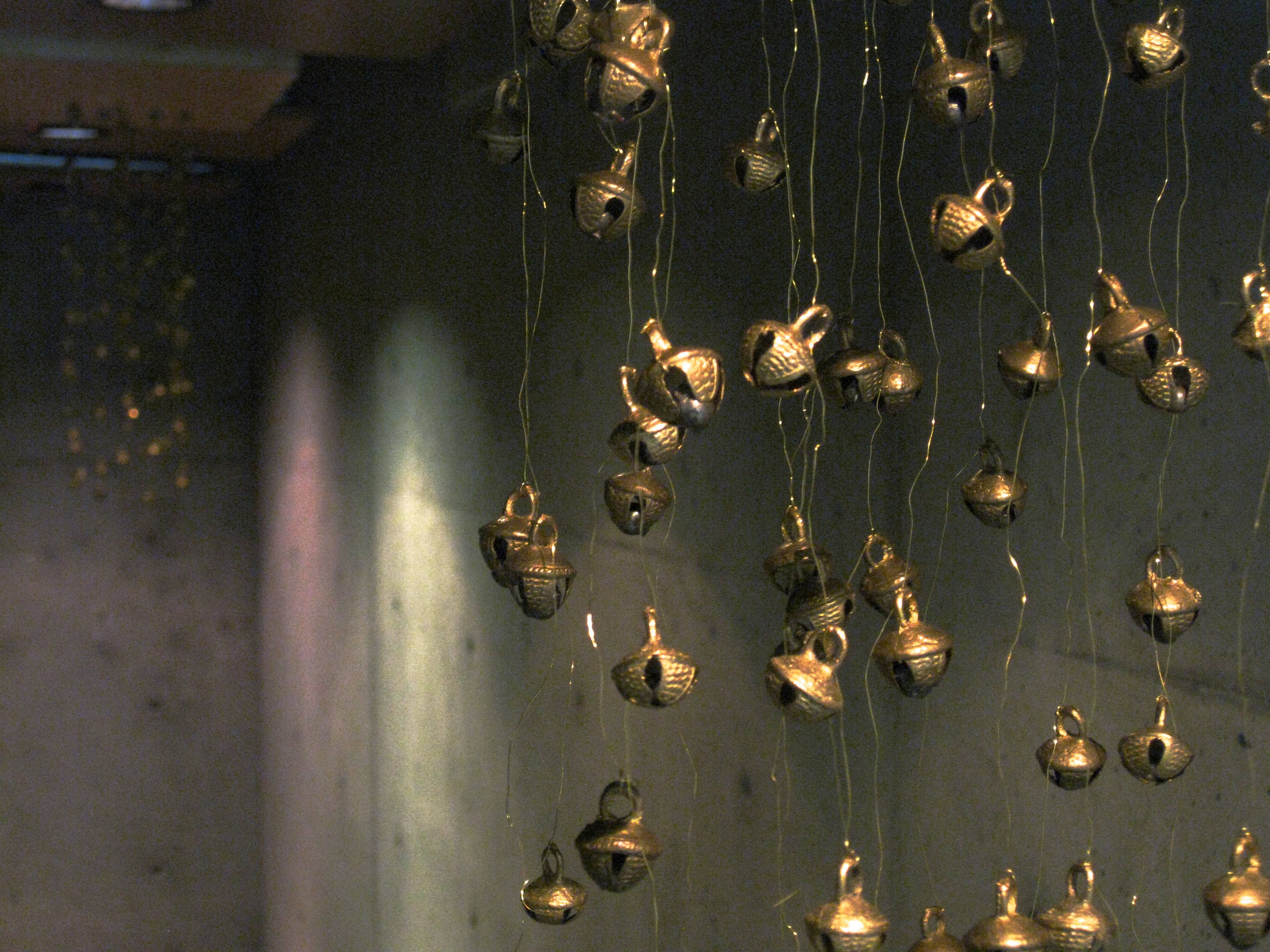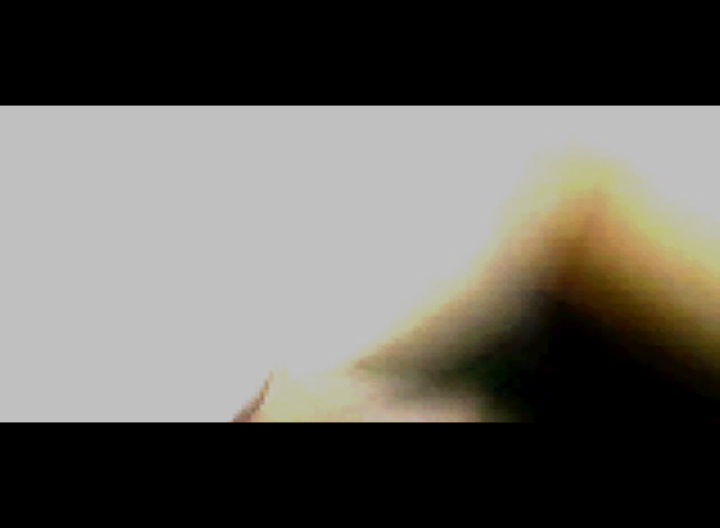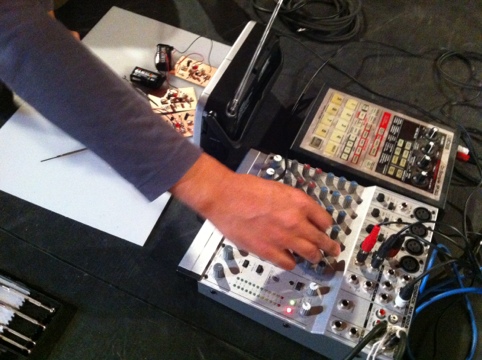A city is enveloped in haze – magnetic and electrical fields; pollution; particulates; light; sound; smell; language; transportation; water vapour; incense; the smoke from cooking fires; information; cabling; subsonic tremors; ambition; desire.
This haze is arranged in layers. Aeronautical regions and flight paths – 1 layer. Cell phone towers and signal repeaters – another. Power lines, roads, sewers, subways and those grids buried deeper. History. These make up only a vanishingly tiny few of those layers that surround and support the being of the city. They rattle and jolt the populace and affect them in countless other ways. The city actualizes itself.
The systems designed to make sense of the city by its inhabitants are in effect created by the city itself. It requires these infrastructures to strengthen its impact on the earth, its own selfhood. In that regard those that build to make sense of the city are in fact merely executing its will rather than their own. Our building of the city, our struggles to come to grips with it and its function – we become cells in a body, DNA executing programmed codes to strengthen the host and keep it alive, healthy and growing. It is not its inhabitants that use these systems, it is the city itself, sending us on a million small errands to keep itself vibrant and alive.
There are new options available to the city as new developments in technology, architecture, construction and engineering arise. Growth in three dimensions is more possible and issues surrounding high level dwelling are addressed in order to give the city more of a place on the earth, or rather to allow it to concentrate its resources and offset the energy drain of self maintenance.
For make no mistake, fatigue is a real possibility. The Arab Spring, the Gezi Park protests, PEGIDA – the fatigue of this city plays a part in these events, and has indeed always had a hand in the events that stand out in human history. Urban planning, urban health and social justice, politics, science, engineering, immigration, food safety, sustainability and green energy, economics – the city’s involvement in the arc of new thinking and developments in these fields is clear.
